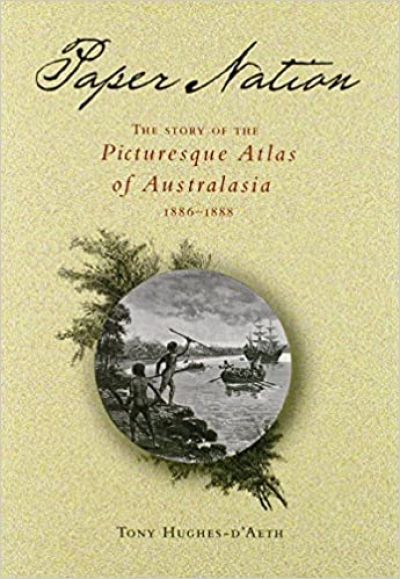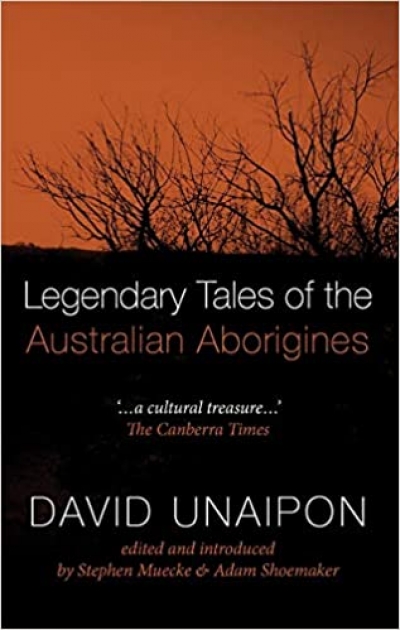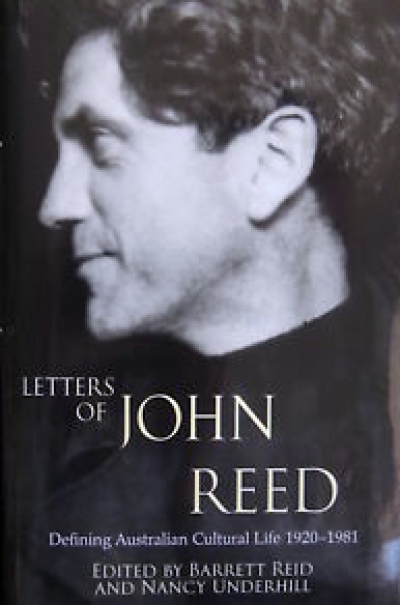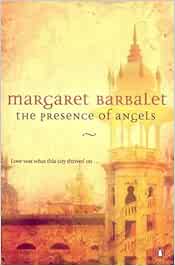Archive
Paper Nation: The story of the Picturesque Atlas of Australasia 1886–1888 by Tony Hughes-d’Aeth
by Ian Morrison •
Stranger Shores: Essays 1986–1999 by J.M. Coetzee
by Evelyn Juers •
Legendary Tales of the Australian Aborigines by David Unaipon, edited and introduced by Stephen Muecke and Adam Shoemaker
by Susan Hosking •
Aboriginal Australia & the Torres Strait Islands: Guide to Indigenous Australia by Sarina Singh
by Bruce Sims •
Australia and the British Embrace: The demise of the imperial ideal by Stuart Ward
by John Hirst •
Letters of John Reed: Defining Australian cultural life 1920–1981 edited by Barrett Reid and Nancy Underhill
by John Thompson •
The Presence of Angels by Margaret Barbalet & Coldwater by Mardi McConnochie
by Thuy On •










